Table of Contents
Staring at catalogs filled with swings, slides, and elaborate structures can feel overwhelming, right? You're trying to create a space where kids can run, jump, and imagine, but picking the right playground outdoor equipment feels like a major decision. It's more than just buying some metal and plastic; you're investing in childhood memories, physical development, and safety. Get it right, and you build a hub of joyous activity. Get it wrong, and you might end up with something unused or, worse, unsafe.
Why Investing in Quality Playground Outdoor Equipment Matters
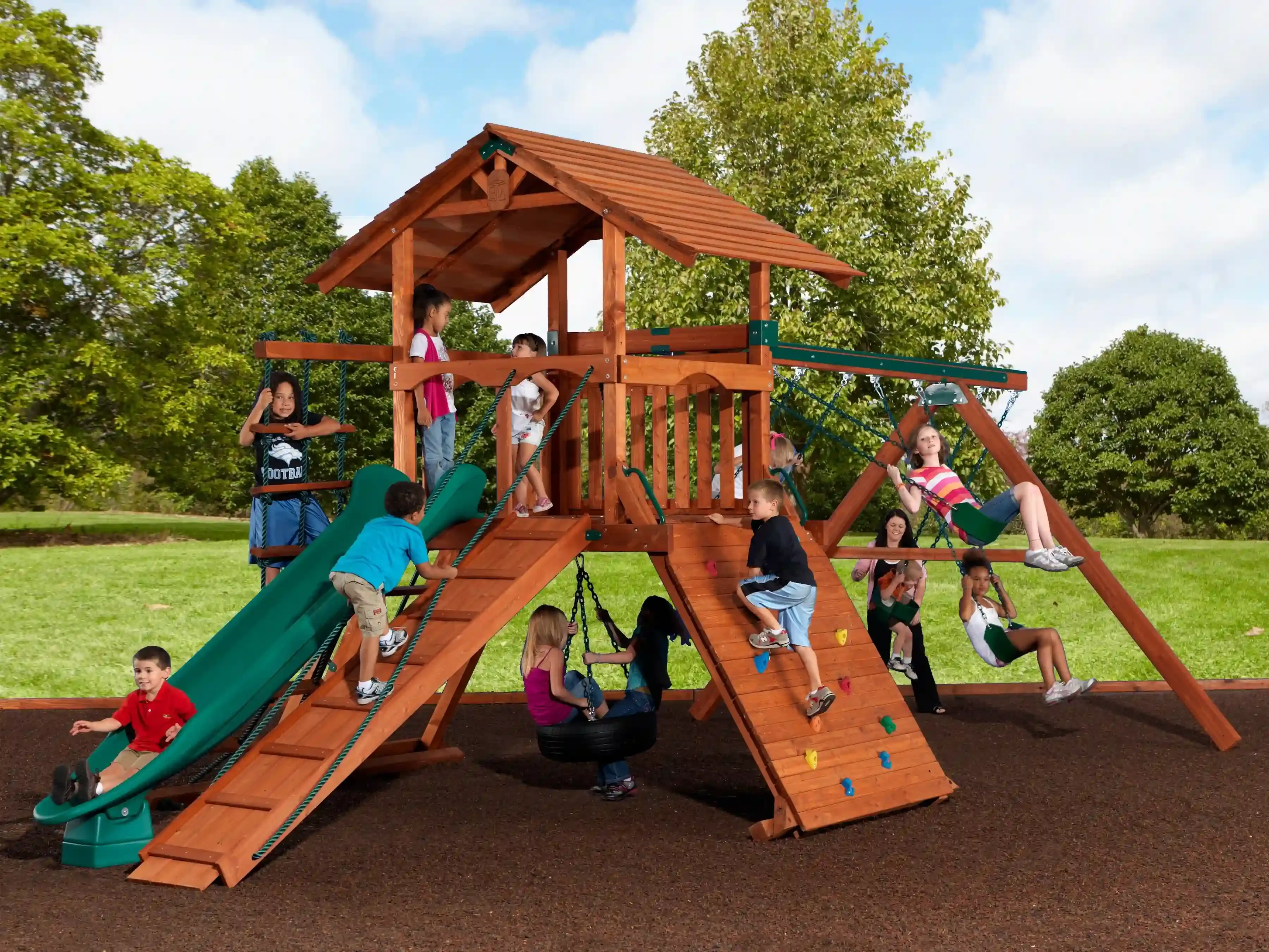
Why Investing in Quality Playground Outdoor Equipment Matters
Safety Isn't a Suggestion, It's the Rule
Look, nobody wants to think about scraped knees turning into something serious, but that's exactly why cutting corners on playground outdoor equipment is a terrible idea. Cheap materials buckle, fasteners fail, and sharp edges appear where they shouldn't. Investing in quality means buying equipment built to withstand constant use, harsh weather, and enthusiastic kids pushing its limits. It's certified to safety standards, designed with pinch points and fall heights in mind, and less likely to become a hazard six months down the line. Think of it as buying peace of mind alongside the play structure.
Building More Than Just Muscle: The Developmental Payoff
Quality playground outdoor equipment isn't just about physical activity; it's a crucial tool for child development. Good designs encourage climbing, balancing, swinging, and sliding, which builds gross motor skills, coordination, and spatial awareness. Beyond the physical, these spaces are social hubs. Kids learn negotiation, sharing, conflict resolution, and imaginative play while interacting on swings or in play houses. A well-designed, durable piece of equipment facilitates these interactions daily, year after year, offering a consistent environment for growth that flimsy alternatives simply can't provide.
Key Benefits of Quality Equipment
- Enhanced safety and reduced risk of injuries.
- Greater durability and longer lifespan, saving money over time.
- Better design supporting varied physical and social development.
- Higher resistance to weather and vandalism.
- Often comes with better warranties and customer support.
Key Considerations When Selecting Playground Outdoor Equipment
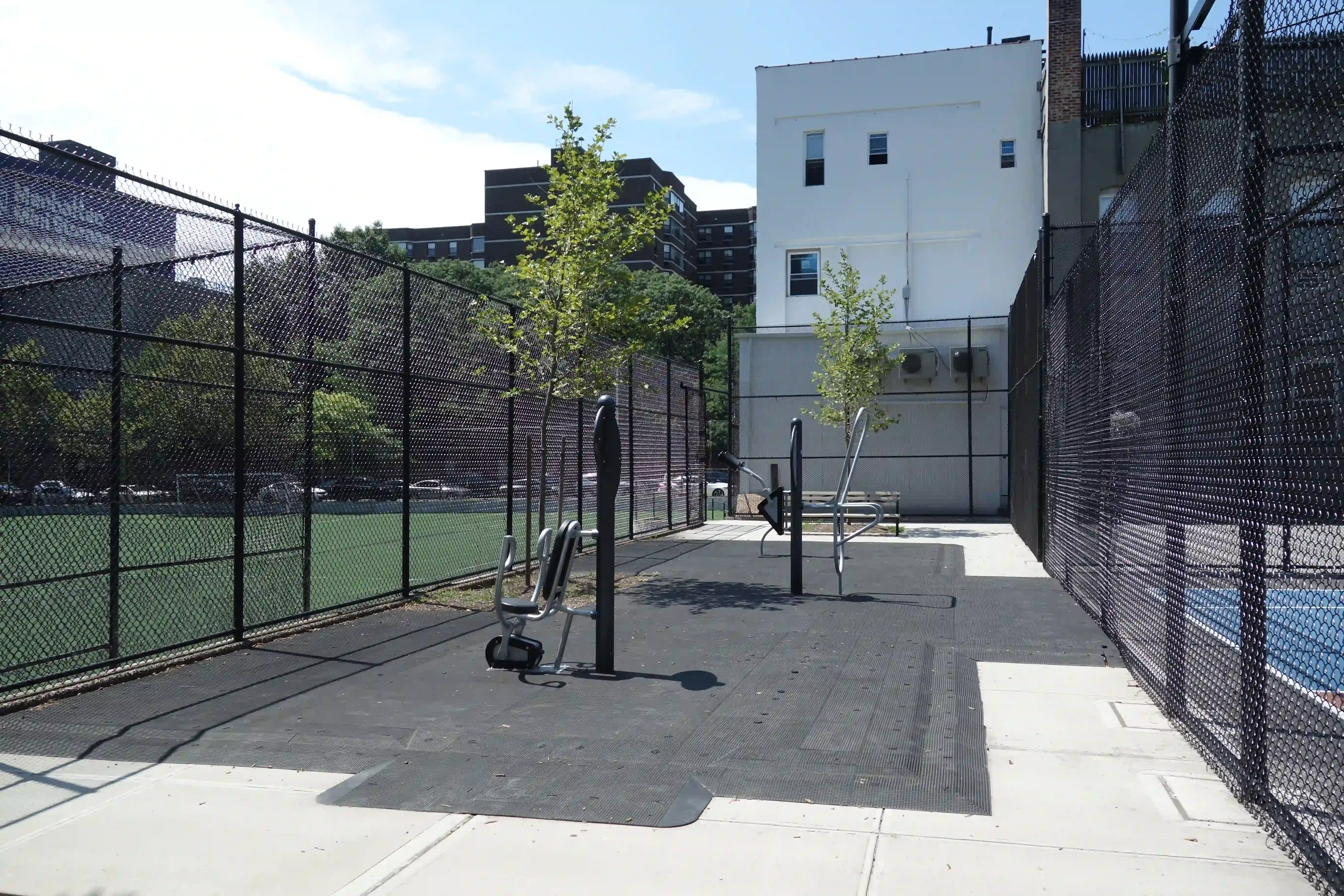
Key Considerations When Selecting Playground Outdoor Equipment
Who's Playing and Where Will It Go?
Alright, so you're past the "why quality matters" part. Now comes the nitty-gritty: figuring out what you actually need. First things first, who are the primary users? Toddlers tumble differently than ten-year-olds. Equipment designed for preschoolers can be downright boring, and potentially hazardous, for older kids who need more challenge. Get a realistic age range locked down. Next, look at your space. Measure it precisely. Account for the "use zone" – that critical safety perimeter around the equipment where kids might fall off or exit quickly. This zone is often larger than the equipment itself. Ignoring this is like buying a couch without checking if it fits through the door. Consider the ground surface too; concrete isn't exactly forgiving.
Balancing the Books and Beating the Elements
Let's talk money and wear-and-tear. Budget isn't just the sticker price; it includes installation, safety surfacing, and future maintenance. Don't blow the entire fund on the flashiest piece if you can't afford proper surfacing. Durability is non-negotiable, especially for playground outdoor equipment exposed to sun, rain, snow, and relentless use. Materials matter – commercial-grade steel and plastics hold up far better than residential-grade stuff you find at big box stores. Ask about warranties, too. A company standing behind their product for 25 years is a better bet than one offering a one-year guarantee on a major structure. Think long-term value, not just the initial cost.
Essential Questions Before Buying
- What is the primary age range of the children using the equipment?
- How much space is available, including the required use zone?
- What is the total budget, including installation and surfacing?
- What are the local climate conditions the equipment must withstand?
- What safety certifications does the equipment have (e.g., ASTM, CPSC)?
- What is the manufacturer's warranty and reputation?
Different Types of Playground Outdoor Equipment for All Ages
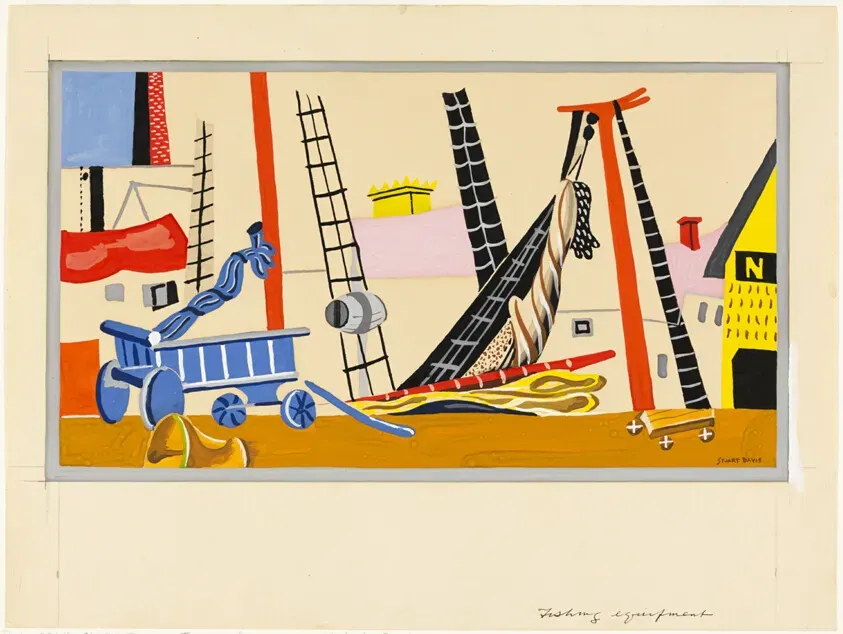
Different Types of Playground Outdoor Equipment for All Ages
Swings, Slides, and Sandboxes: The Classics for Little Ones
When you think about playground outdoor equipment, certain images pop into your head immediately: the rhythmic squeak of a swing set, the gleeful shriek down a slide, the quiet focus in a sandbox. These are the foundational pieces, particularly perfect for younger children, say, ages 2-5. Toddler swings with bucket seats offer security, while low-height slides provide manageable thrills. Sandboxes are timeless, offering tactile play and imaginative construction. Look for sturdy construction, smooth finishes, and age-appropriate scaling. You don't want a preschooler trying to navigate a slide meant for a pre-teen; it just invites tears, or worse, stitches.
Climbing Structures and Obstacle Courses: Challenging Older Kids
As kids grow, their need for physical challenge escalates. Standard swing sets and slides won't cut it for a rambunctious eight-year-old. This is where more complex playground outdoor equipment comes into play. Think climbing walls, monkey bars, rope nets, and elaborate multi-level structures. Obstacle course elements, balance beams, and stepping stones test coordination and strength. These pieces encourage problem-solving as kids figure out routes and build confidence with each successful climb or traverse. They also burn off that boundless energy, which, let's be honest, is a win for everyone involved.
Equipment Type | Best Age Range | Key Benefit |
|---|---|---|
Bucket Swings | 6 months - 4 years | Gentle motion, core strength |
Slides (low height) | 2 - 5 years | Gross motor skills, cause & effect |
Climbing Walls | 5 - 12+ years | Strength, coordination, problem-solving |
Monkey Bars | 6 - 12+ years | Upper body strength, grip |
Spinners/Merry-go-rounds | 5 - 12 years | Balance, social interaction |
Inclusive and Specialized Equipment: Play for Everyone
A truly great play space considers all potential users. Inclusive playground outdoor equipment is designed to be accessible and engaging for children with diverse abilities. This includes ramps onto structures, swings with adaptive seats or harnesses, sensory play elements like musical panels or textured surfaces, and ground-level activities. Beyond accessibility, you might consider specialized equipment based on your community's interests, like a dedicated sports area with goals or hoops, or nature-inspired play elements that blend into the landscape. The goal is to create a welcoming environment where every child finds something to explore and enjoy.
Installation and Safety Standards for Playground Outdoor Equipment
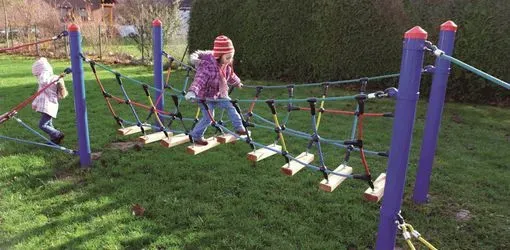
Installation and Safety Standards for Playground Outdoor Equipment
Getting it Up Right: Professional Installation is Non-Negotiable
you've picked out your dream playground outdoor equipment. Shiny slides, sturdy swings – looks great in the catalog. Now comes the part where gravity and engineering become very real. Trying to piece together a large play structure with just a buddy and a wrench is usually a recipe for disaster, or at least wobbly components and stripped bolts. Professional installers know the torque specs, the proper anchoring techniques, and how to read those sometimes-confusing instruction manuals backward and forward. They ensure the equipment is plumb, level, and securely fastened to prevent tipping or structural failure down the road. Skimping here isn't saving money; it's potentially setting up a future injury.
Playing by the Rules: Understanding Safety Standards
This isn't the Wild West; there are actual rules for playground outdoor equipment. In the U.S., the big ones are ASTM (American Society for Testing and Materials) and CPSC (Consumer Product Safety Commission) guidelines. These aren't just suggestions; they cover everything from minimum use zones around equipment to the size of openings to prevent head entrapment. Reputable manufacturers design and test their equipment to meet these standards. When you're buying, always ask for proof of compliance. If a deal seems too good to be true, it probably means they skipped the costly, but critical, steps of meeting safety regulations.
Standard Body | Focus | Why it Matters |
|---|---|---|
ASTM (F1487) | Consumer Safety Performance Specification for Playground Equipment for Public Use | Covers design, manufacturing, and performance requirements |
CPSC | Public Playground Safety Handbook | Provides guidelines and recommendations for site selection, design, and maintenance |
Soft Landings: The Critical Role of Safety Surfacing
Imagine falling two, maybe three feet off a platform. What are you landing on? If the answer isn't a thick layer of approved safety surfacing, you've got a major problem. Concrete, asphalt, grass, or packed dirt do not absorb impact effectively. Materials like engineered wood fiber, rubber mulch, poured-in-place rubber, or rubber tiles are designed to cushion falls from specific heights (this is linked back to the equipment's fall height). The right depth and type of surfacing, properly maintained, dramatically reduces the severity of injuries from falls, which are, statistically, the most common type of playground accident. It's the unsung hero of safe playground outdoor equipment.
Maintaining Your Playground Outdoor Equipment for Longevity
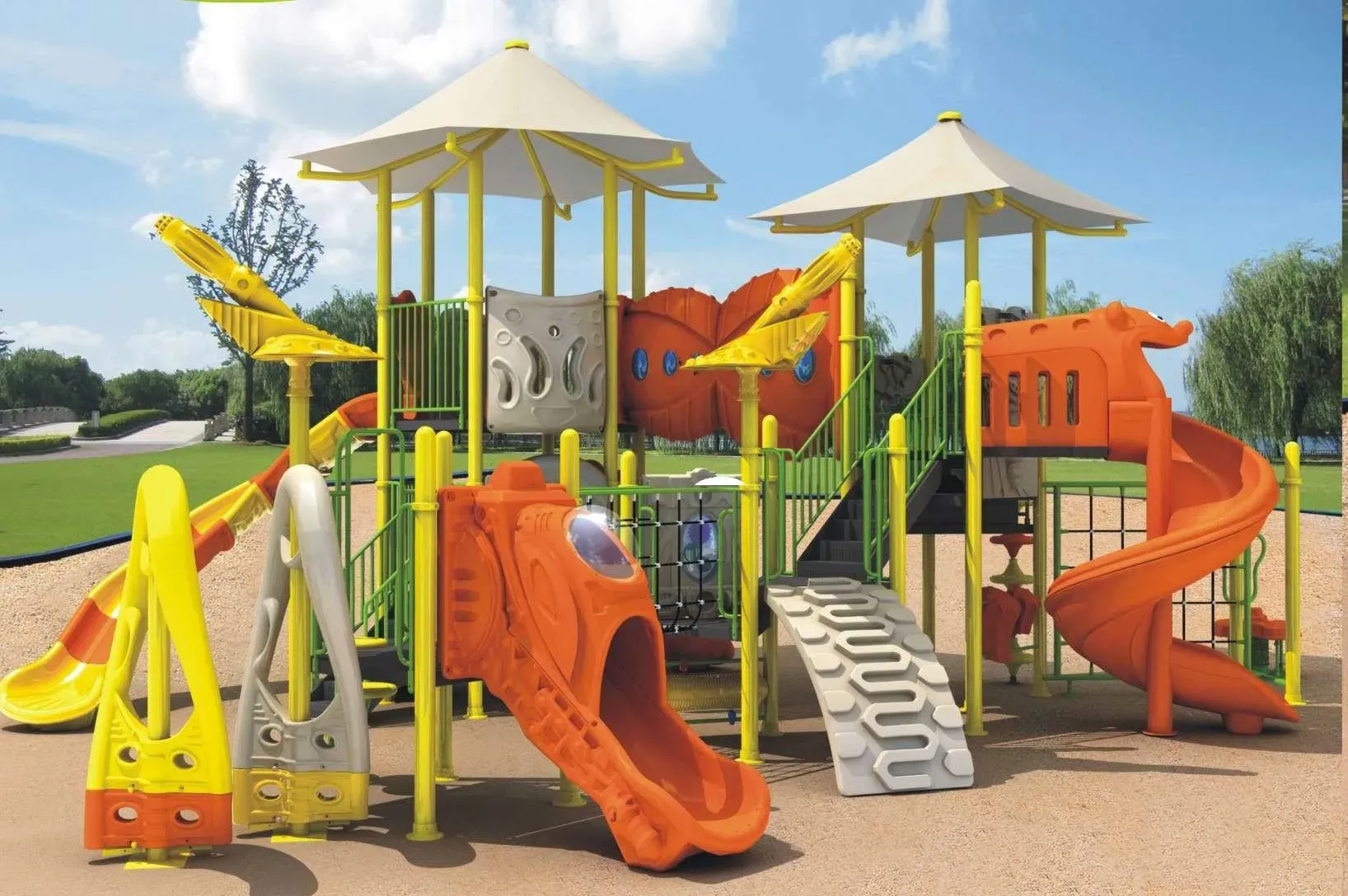
Maintaining Your Playground Outdoor Equipment for Longevity
Regular Checks Prevent Big Headaches
So, you've installed this fantastic playground outdoor equipment, kids are loving it, mission accomplished, right? Not so fast. Think of it like owning a car; you wouldn't just drive it until something falls off. Maintaining your playground outdoor equipment isn't glamorous, but skipping it is asking for trouble. We're talking about regular visual inspections. Walk the site weekly, maybe monthly for smaller setups. Look for loose bolts, cracked plastic, splintering wood, or worn-out chains. Check the surfacing depth – does it still meet the required level? Is there debris or standing water? Catching a small issue early, like a bolt that's backed out slightly, takes five minutes. Ignoring it until a component fails takes a lot more time, money, and potentially involves an ambulance.
Addressing Wear and Tear Before It Becomes Failure
Parts wear out. It's a fact of life, especially for playground outdoor equipment getting hammered by weather and enthusiastic use. Swings chains fray, slide exits get rough, and paint chips. Proactive maintenance means having a plan to address this wear and tear promptly. Do you have spare parts readily available for common items like S-hooks or swing seats? Are you scheduling periodic deeper inspections or professional maintenance checks? Lubricating moving parts, touching up paint to prevent rust, and replacing worn components on a schedule keeps the equipment functional and safe. It's about extending the life of your investment and ensuring the play space remains inviting, not intimidating, for years to come by actively Maintaining Your Playground Outdoor Equipment for Longevity.
- Inspect fasteners (bolts, nuts, caps) for tightness and damage.
- Check moving parts (swings, pivots) for wear and proper lubrication.
- Examine surfaces (slides, platforms) for cracks, splinters, or rough spots.
- Verify safety surfacing depth and clear debris.
- Look for signs of rust or corrosion on metal components.
- Ensure all caps and plugs are in place to prevent entrapment.
Making the Smart Choice for Your Playground Outdoor Equipment
Choosing playground outdoor equipment isn't a decision to rush. It demands careful thought about who will use it, the space you have, and the budget you can realistically allocate. Prioritizing safety certifications and understanding the long-term commitment to maintenance are just as vital as picking out fun slides or swings. By focusing on durable, age-appropriate pieces and ensuring correct installation, you build a place that offers real value and lasting enjoyment, rather than just another structure in the ground.